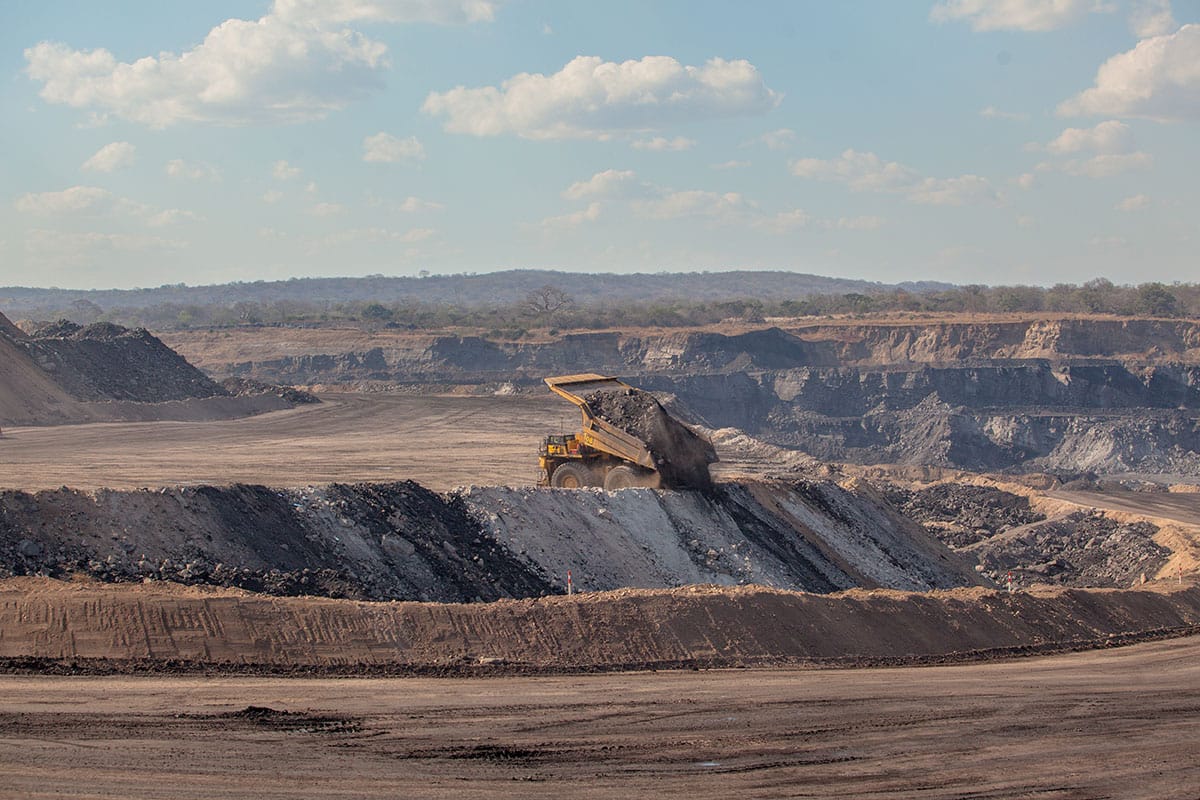Extractives — Oil & Gas — Carbon Emissions — Carbon Tracker — ExxonMobil — GHG — IEA — LNG — Oxford Institute of Energy Studies — Rovuma — Total
Analysis: Can Mozambique LNG survive the fossil fuel phase out?
Mozambique’s plans for massive LNG expansion rest on the assumption that LNG will have a key role to play in a green energy future – but this is not necessarily the case. Zitamar News looks at the likely greenhouse gas (GHG) emission intensity of Mozambique’s LNG projects, what the operators are doi









